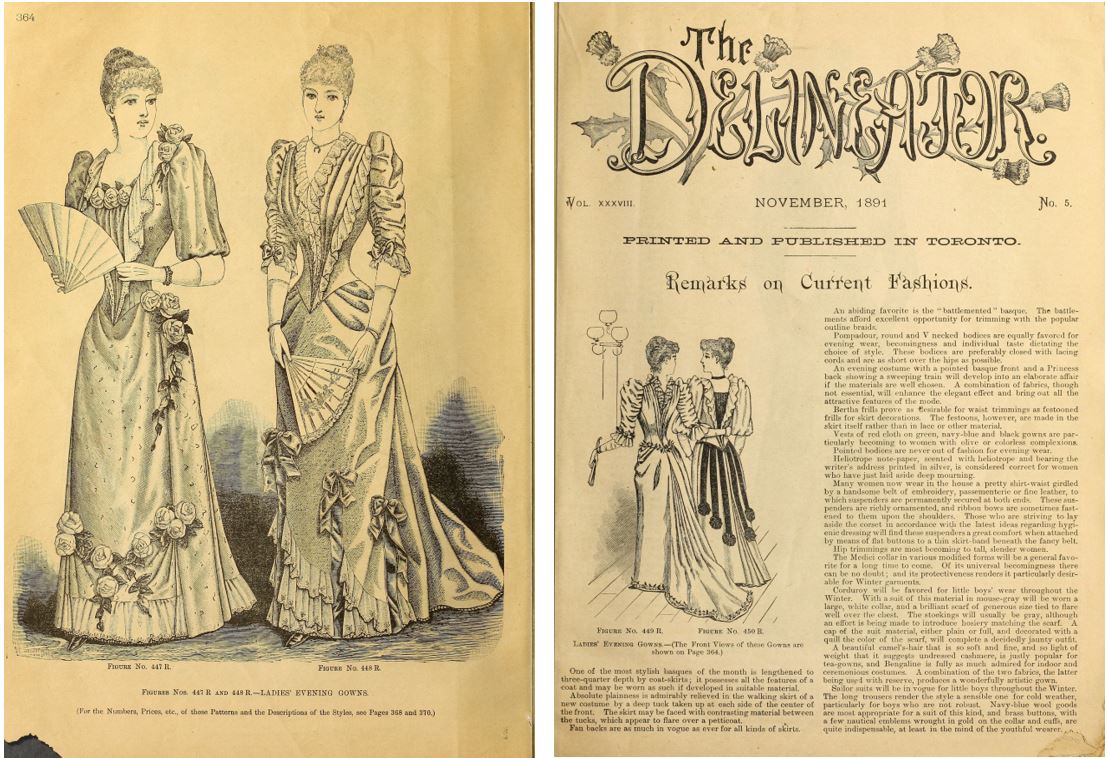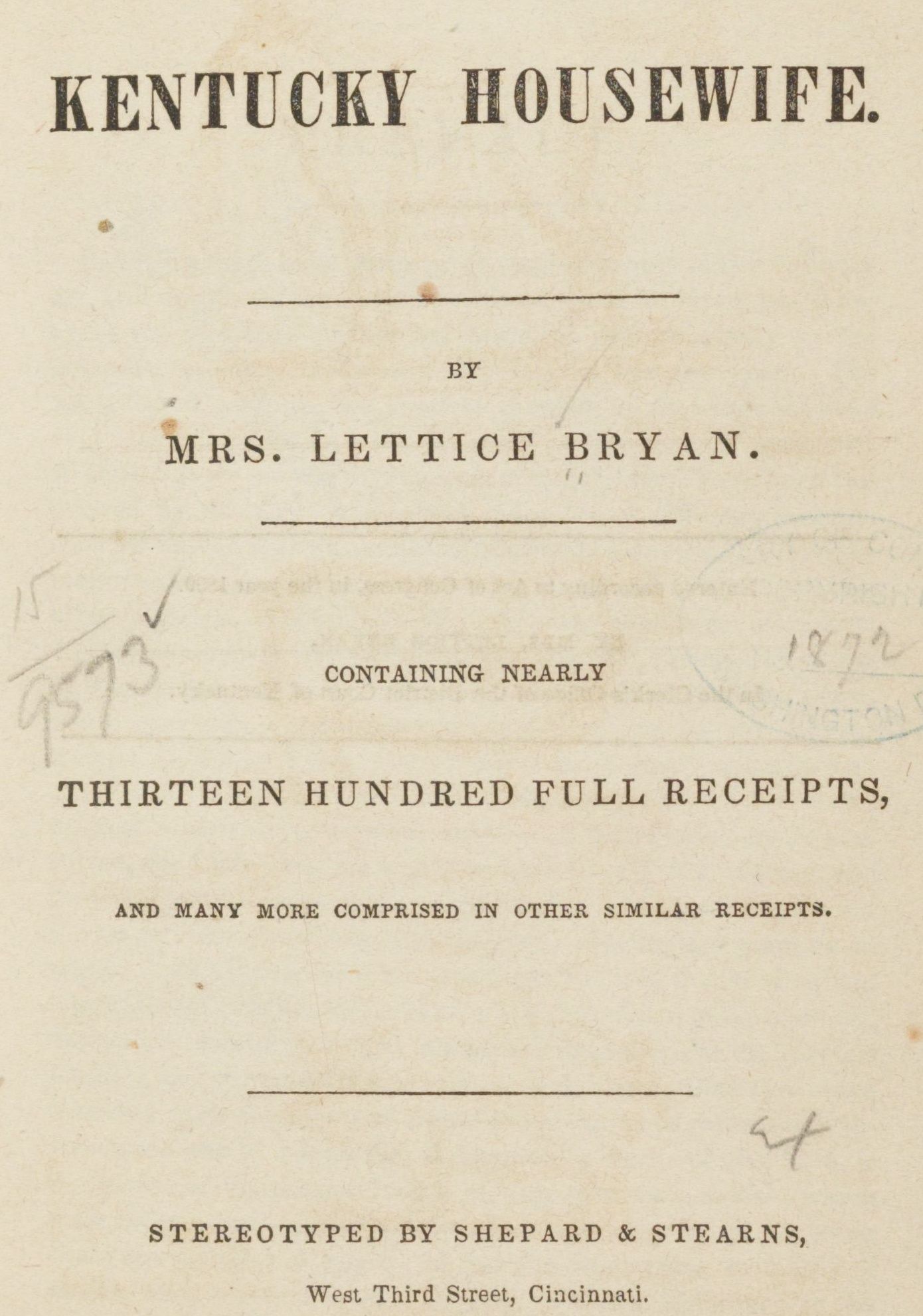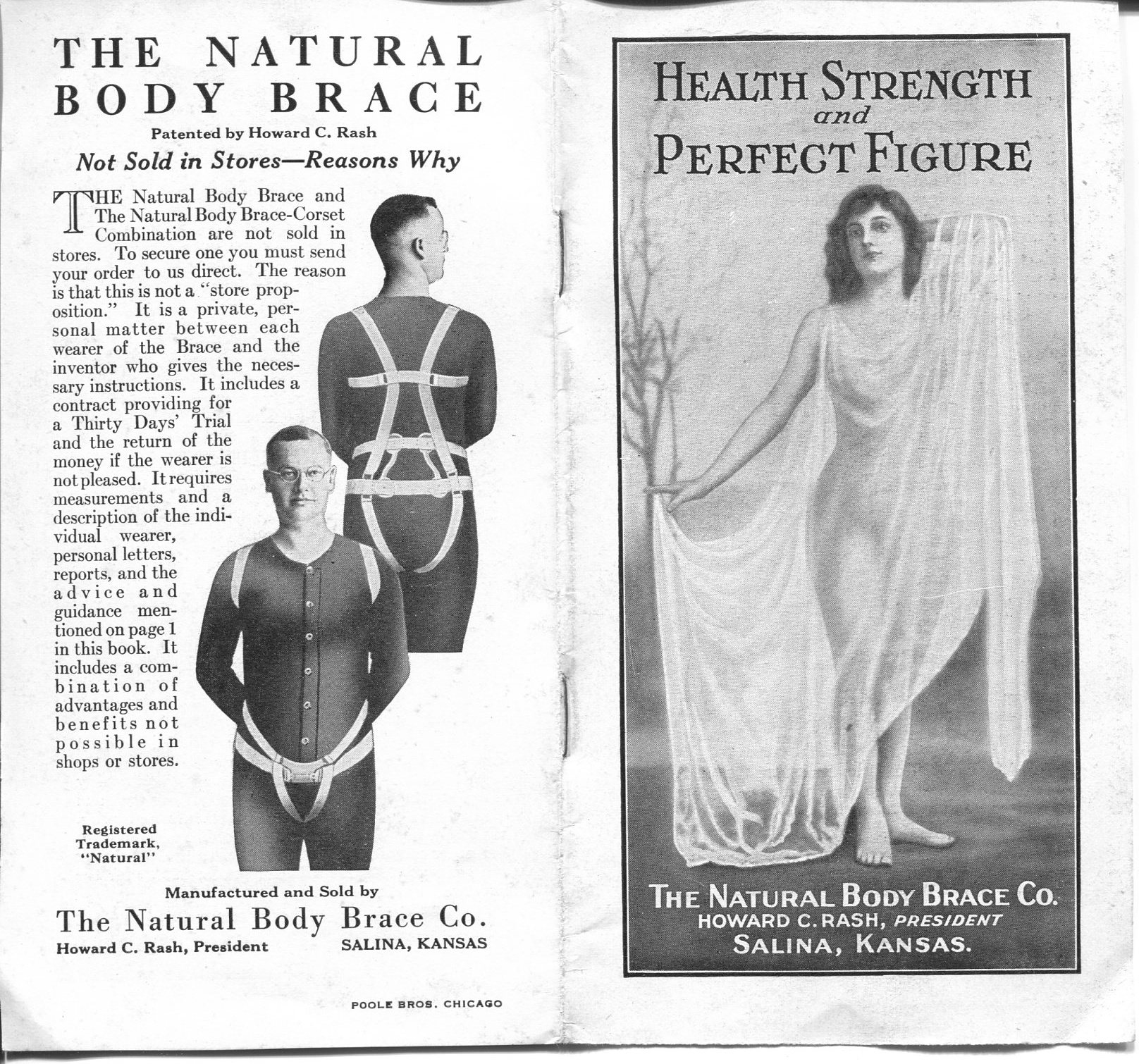Clothing patterns from the past century reflect changing fashion – from long, ruffled hemlines to mini-skirts, corseted waists to pant suits, pinafores to prom dresses. Vintage clothing patterns also tell the story of changing technology, communication, and transportation.
Dress making before the 1850s
Before the mid 19th century, average American women sewed their own clothing by hand. The complex, fitted, and frilly dresses we see in historical movies weren’t what most women had the skills, or time, to make. Factory produced fabrics were affordable and available in the early 19th century, but easy-to-use dress patterns and sewing machines for the home seamstress were not for sale until the 1850s.

What we know as “fashion,” the newest yearly trends in clothing, didn’t really exist for average women until the late 19th century. Styles changed slowly over the centuries before the Industrial Revolution. Through most of history, clothing for daily wear was simple and utilitarian. The appearance of clothing depended on the skills of the seamstress; many handmade garments were probably a mess.Old dresses, picked apart at the seams, were often used as patterns.
On the other hand, the wealthiest could afford complex clothing made by professional dressmakers. In America, affluent women wore elaborate dresses copied from the latest European styles. Skilled professional dressmakers created their own patterns from written and oral descriptions or illustrations in magazines such as Godey’s Lady’s Book. The seasonal changes in fashion we know today were possible only for the wealthiest women.
Fashion for the average women

William Demorest and Ebenezer Butterick were the first to market easy-to-use paper dress patterns to the average home seamstress. These new patterns came in various sizes and included step-by-step instructions. Beginning in 1860, Demorest sold patterns through the fashion magazine Madame Demorest’s Quarterly Mirror of Fashions, through retail outlets, and by mail. The Butterick Company launched in 1863. Others followed – McCall’s in 1870, Vogue in 1899, and Simplicity in 1927.
The pattern industry reflected several important 19th century trends. Technological and industrial innovations resulted in factory produced fabrics, the home sewing machine, cheaper printing, and improved transportation. Newspaper and magazine advertising convinced people to buy new products. If items weren’t available locally, they could be ordered through the mail. And a growing middle class could afford to purchase new consumer goods. Sewing patterns, and later, affordable ready-made clothing, made “fashion” available to the average woman.
Sewing patterns as primary sources in the classroom

Old sewing patterns are cheap in thrift stores, at yard sales, and on the web. Websites such as Vintage Patterns Wikia document the history of the sewing pattern styles. Pattern catalogs and magazines such as The Delineator, first published in 1873 by the Butterick Company to promote patterns, can be found full text at Archive.org.
Create classroom primary source activities with clothing patterns
- Begin U.S. History lessons with images of patterns from the appropriate decade to highlight changes in technology, fashion, and the status of women.
- Create a primary source mystery with old patterns. Give students a pattern (or image of a pattern) and ask them to research the wider trends that contributed to the fashion.
- Use images of patterns from late 19th, 20th, and early 21st century in review games. These images of changing fashion become mnemonic devices for an entire era.
- Ask students to examine the instructions included in old patterns and reflect on the materials and skills required to sew clothing. Ask how the availability of cheap ready-made clothing caused a decline in home sewing, especially in the 1970s, 1980s, and 1990s. Or explore why sewing clothing at home has experienced a resurgence in the early 21st century.
- Research how globalization has impacted fashion, the ready-made clothing industry, and the domestic and foreign production of fabric.

Sewing patterns and other primary sources related to daily life provide an interdisciplinary focus in social studies, highlighting the history of women and average people; revolutions in industry, technology, and communication; and economic trends such as globalization.
For more about the history of daily life and classroom ideas and activities, see Exploring Vacation and Etiquette Themes in Social Studies and Investigating Family, Food, and Housing Themes in Social Studies
Header Image: The Delineator, November 1981.
Sources: “The Democratization of Fashion: The Emergence of the Women’s Dress Pattern Industry” by Margaret Walsh in The Journal of American History, Vol. 66, No. 2 (Sept. 1979), pp. 299-313

NOTE – My mother used his 1981 Pattern to make one of my high school prom dresses. I loved that dress and still have it, many years later!




I would use these historic clothing patterns in my classroom to compare different fashions from from the time period to today’s fashion. You can turn this comparison into different lessons such as economics and why prices have risen since that time or you can talk about women’s rights and women changes throughout history.
This primary source would be great to show students the differences in clothing and style in the past versus today. A fun activity for elementary- have students draw a person wearing clothes from the past and draw a person wearing clothes from the present. I think this would teach students about how everything changes eventually. I can also do economic lessons with this to demonstrate globalization. Today, most people buy ready-made clothing manufactured overseas.
I plan to use these images in a lesson comparing fashion in the past to the 21st century. Students could learn the way clothing has changed over time by examining the images. Theses primary sources could also be used in an art classroom; students could use their creativity to do their own fashion designs.
My student could use these images to explore how clothing changed over time, especially how clothing was made and how it is made now. I could also incorporate this into units on globalization, technological change, or even art, allowing students to design their own unique fashions.